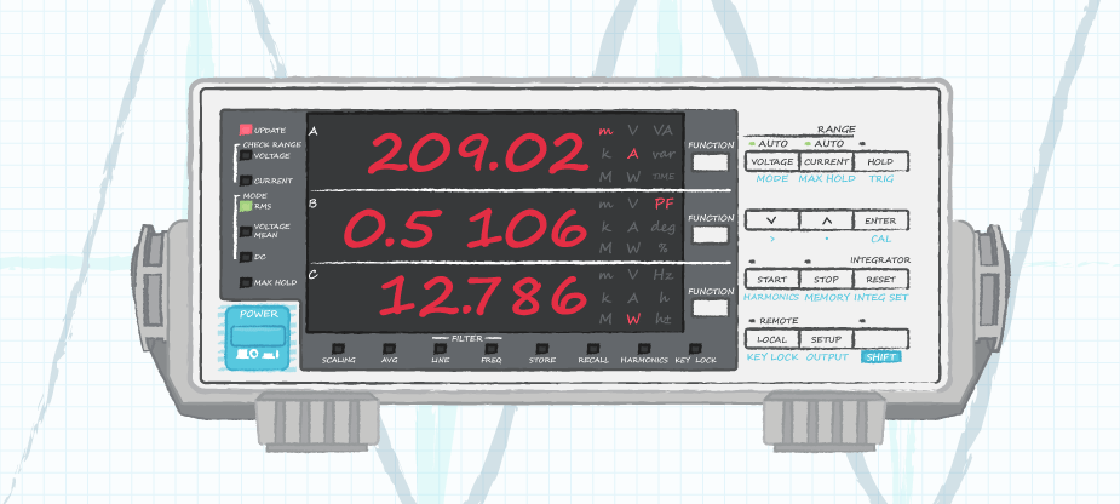CUI’s Ron Stull explains the facts around power factor and how it affects efficiency calculations.
In a world that is increasingly focused on energy savings, it is vital that design engineers understand precisely their ac-dc power converter efficiency. Where dc-dc converters are concerned, measuring the ratio of output power to input power is relatively simple. However, where the input is ac, a margin for error can creep in because the volt-time product on the input may no longer equal the input power. The resultant watt meter reading, by just measuring rms current and voltage, will produce a larger number than reality, resulting in a lower efficiency calculation. This is where the power factor (PF) calculation comes in. A measure of the usable power received for every volt-amp inputted, PF comprises components referred to as displacement and total harmonic distortion (THD), handily represented by the three-dimensional ‘power triangle’ for non-linear systems with which engineers are familiar.
Having quantified displacement and THD, an accurate power factor can be properly calculated and factored into an efficiency measurement to give precise results. In ac-dc power supplies, the power factor can sometimes be so inaccurate as to show half the true efficiency, without any correction to the calculations. Although higher power ac-dc power supplies usually incorporate some form of power factor correction (PFC), design engineers must still take meticulous care with measurements in order to demonstrate compliance with international standards for harmonic current distortion; calculating the last decimal points of efficiency precisely.
In the CUI Insights blog, Why is Power Factor Important When Measuring Efficiency?, Ron Stull, a Power Systems Engineer at CUI, discusses the reasons for bad PF, how calculations for efficiency can be corrected, and how power analysers make measurements easy.




